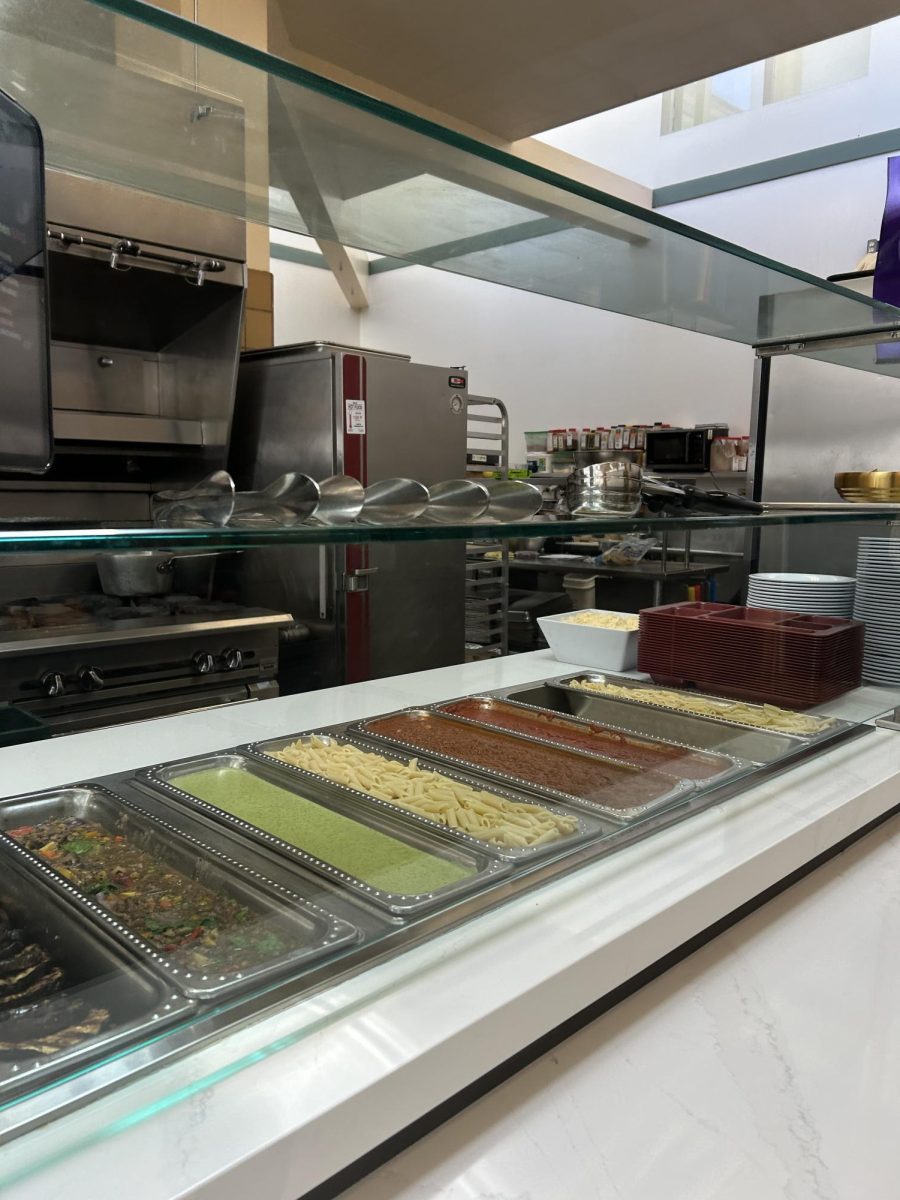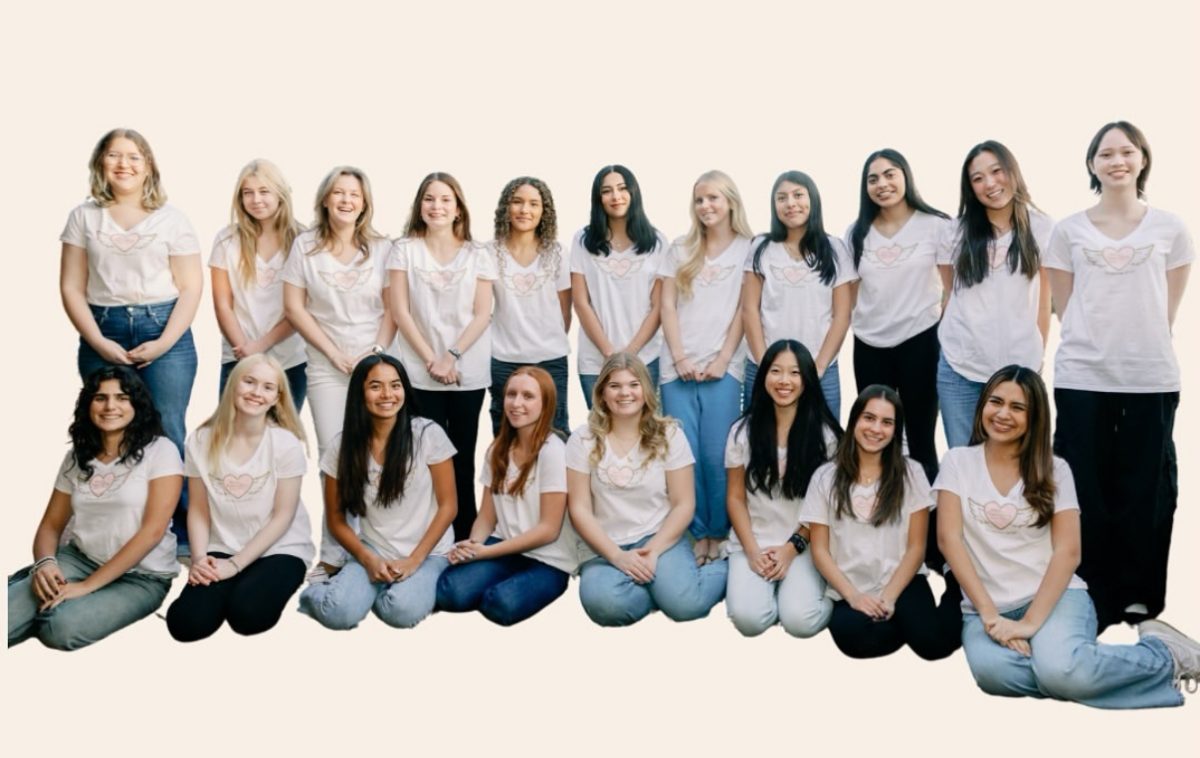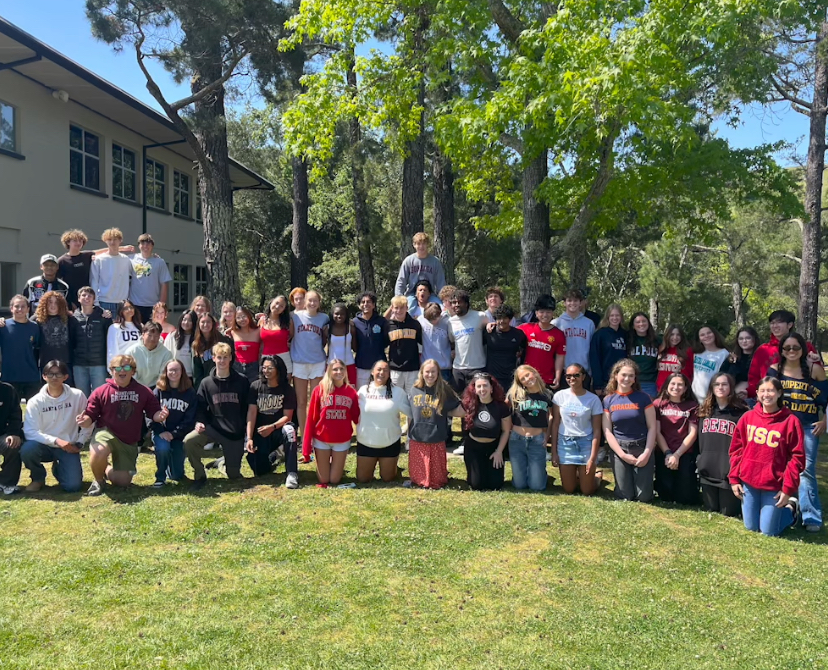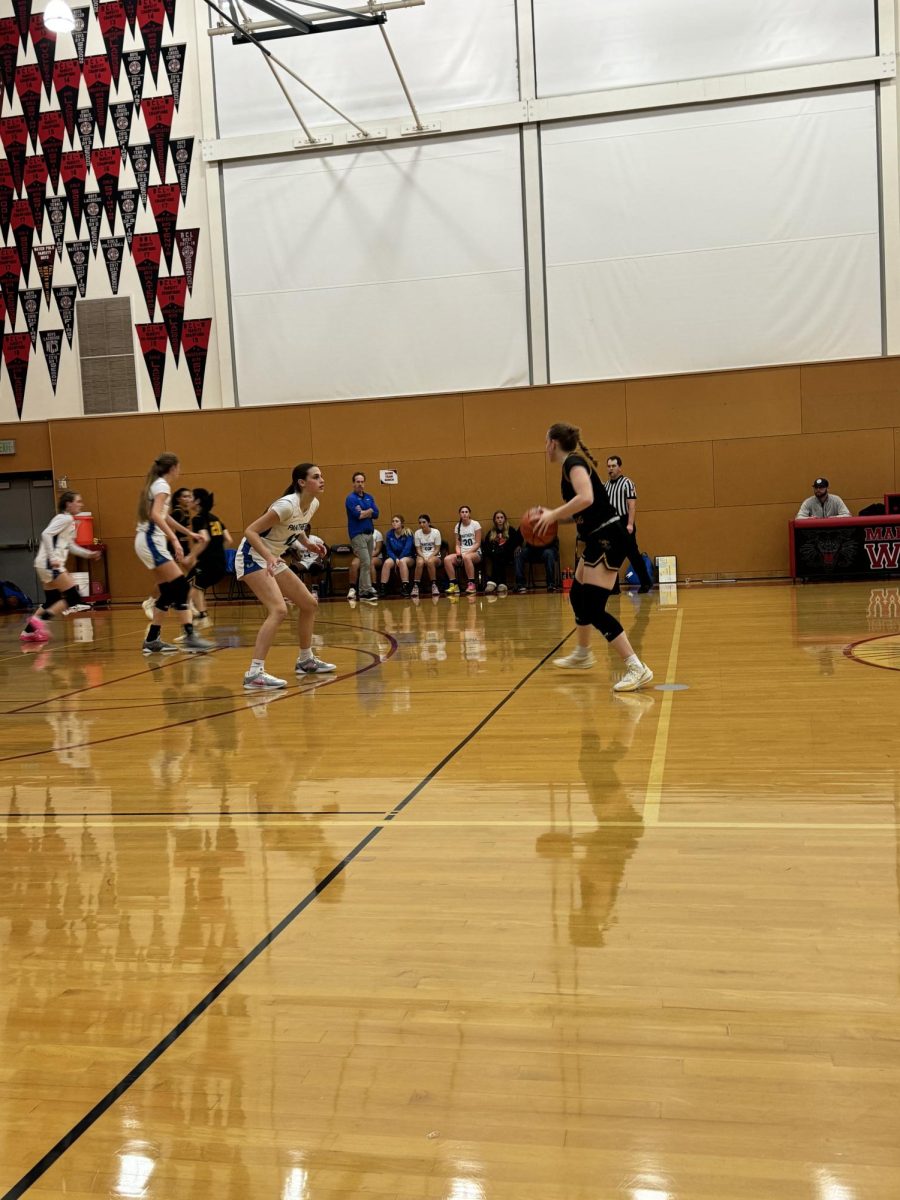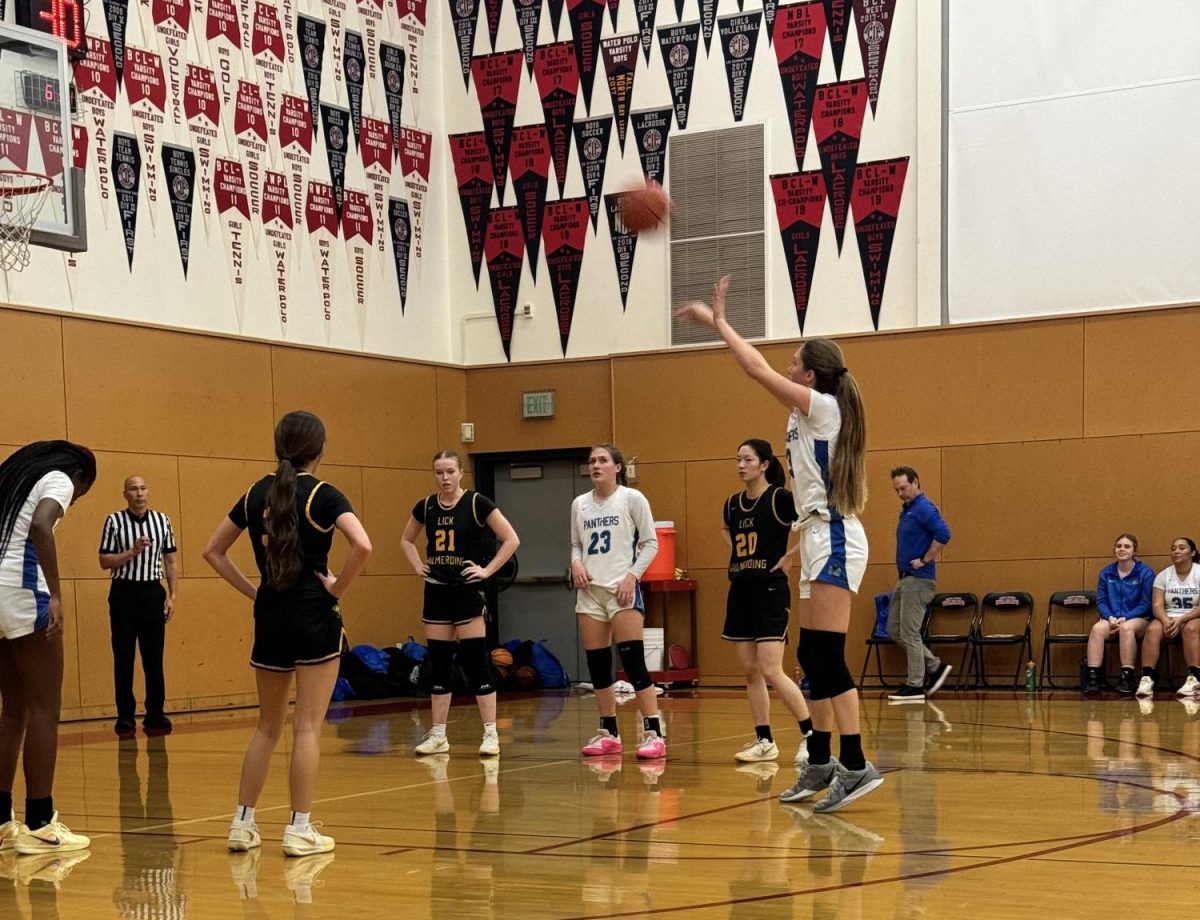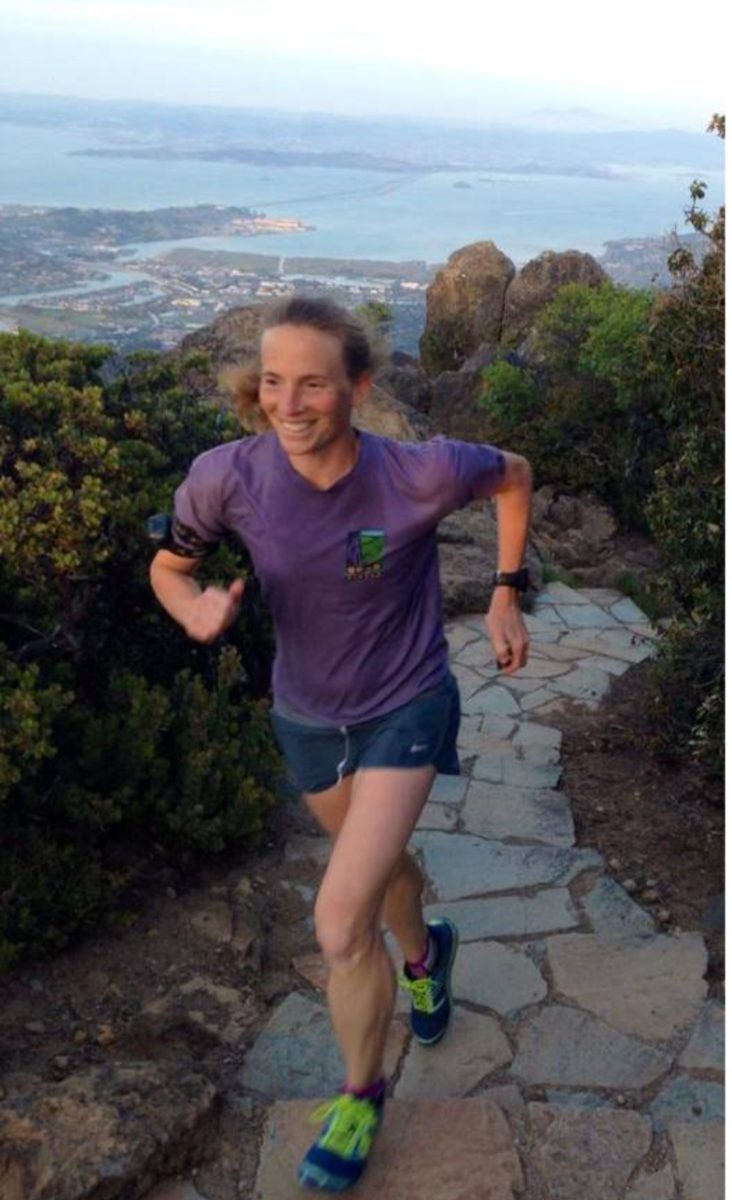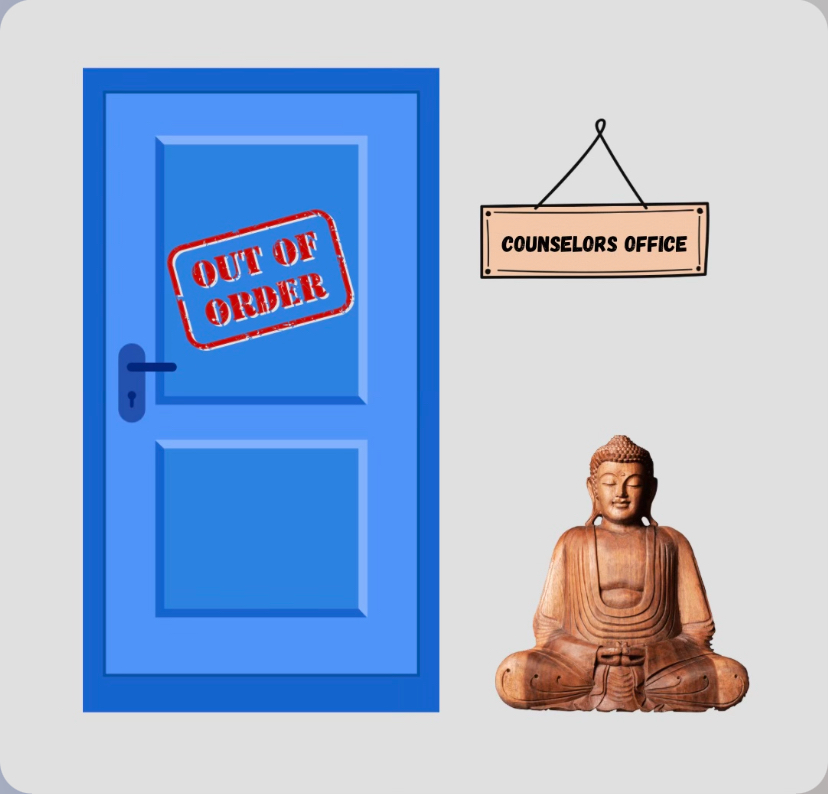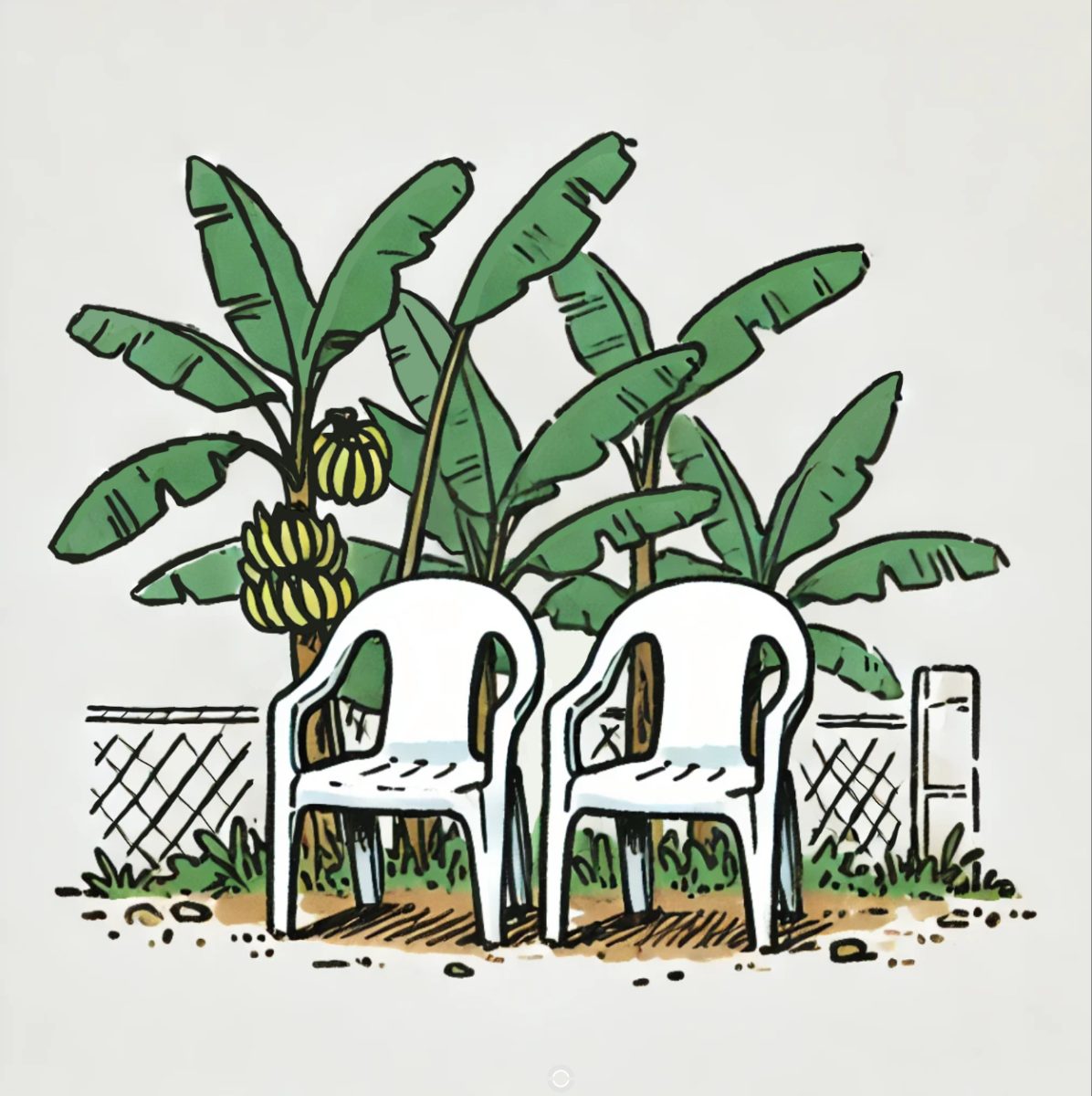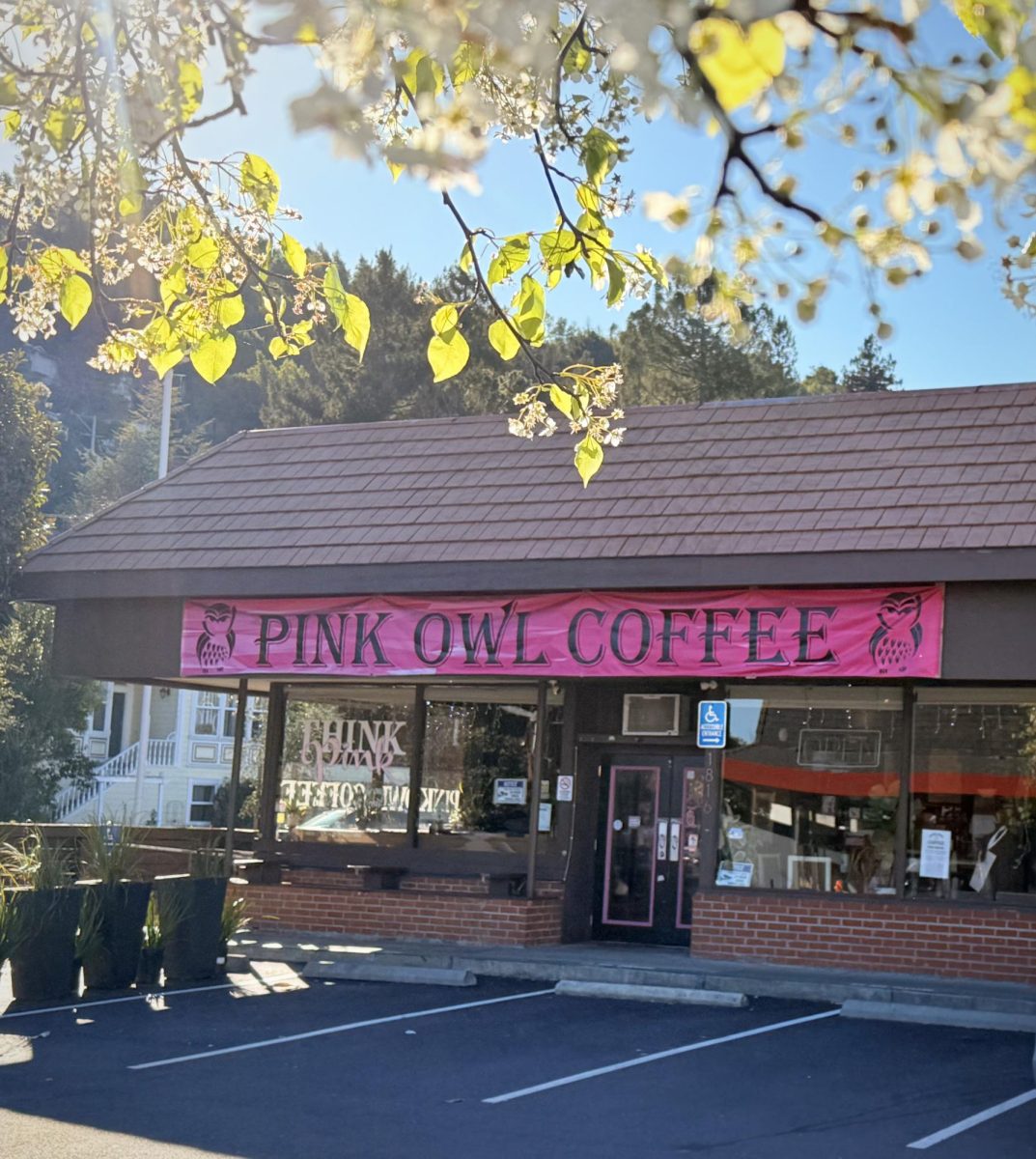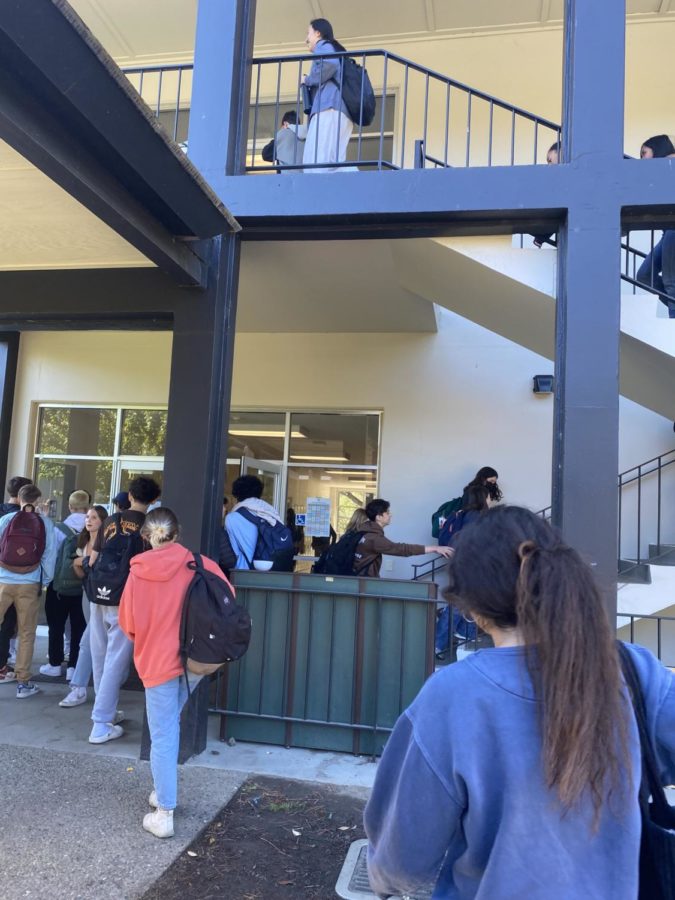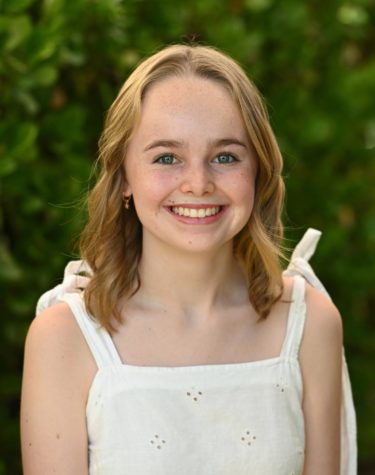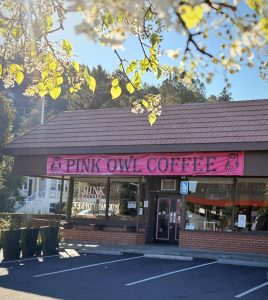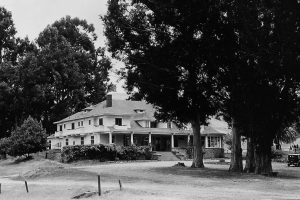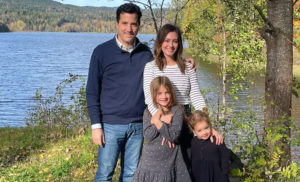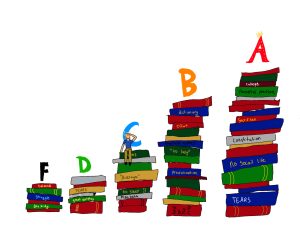San Domenico bell schedule sparks controversy among community
One of the changes added with the new bell schedule was shortened passing periods, creating complications for students with getting to class on time.
October 6, 2022
The San Domenico Upper School changed the bell schedule for the 2022-23 school year to align with the middle school schedule, resulting in mixed reactions from the San Domenico community.
The changes included shortening passing periods to three minutes, modifying the block lengths to correlate with the middle school schedule, and adding a bell to mark the beginning and end of classes.
The new schedule was implemented at the beginning of the year after a scheduling committee met over the summer. The committee included faculty from across the Upper School that considered schedule models used across the country to determine the changes that would most benefit San Domenico.
However, deliberation over changing the schedule started much earlier and included surveys of faculty and students.
Natasha McKeown, the Dean of Curriculum and Global Education at San Domenico as well as the chair of the scheduling subcommittee, explained that when the WASC visited San Domenico a few years ago, they recommended that the administration align the middle and high school schedules. The WASC is a commission for schools that marks the school’s “capacity, commitment, and competence to support high-quality student learning.” In order to achieve this accreditation, they recommended that San Domenico modify the schedules.
In addition, the two schools share many classrooms and teachers, which created problems with the previous schedule. “What we were finding last year was that even if you have a three-minute overlap, like a middle school class ends three minutes into the next block in the high school, suddenly you can’t use that classroom because they have to be able to finish their class,” McKeown said. “So we weren’t being very efficient about sharing spaces and we also weren’t being very efficient about teacher schedules.”
Kate Reeser, the Head of Upper School, observed that the prior bell schedule was “no longer serving our growing student body.” One large adjustment for many was the addition of 80-minute periods two days a week, yet the change was backed by a drive to adjust to different learning styles.
“We have so much diversity and we are so much bigger than we were when we implemented the four-by-four block,” Reeser explained. “We have students who learn very differently, and the 80-minute blocks worked for some, not for all.”
The addition of bells for periods and breaks has also been an unexpected change. However, the bells and the addition of homeroom at the beginning of the day have had several benefits. With periods newly starting at varied times throughout the week, the bells have helped students and teachers alike with timeliness. Homeroom has also greatly helped with this, allowing teachers to track absences with greater convenience.
“The main benefits that I’ve been seeing with the schedule are students are on time to class and class ends on time,” Reeser added. “There is less confusion around absences or being late to class, although we’re still working on that.”
Although benefits have been observed with the schedule, many of the changes have been met with criticism from members of the San Domenico community.
One of the main issues with the schedules has been the decreased passing periods.
“I feel like we need a little bit more time rather than just having three minutes, especially since this is a very big and broad campus so getting from point A to point B can be very challenging,” Sarah Williams said, a junior at San Domenico High School, adding that the passing periods would be her first priority for change.
Zhalet Baharestan, a sophomore at San Domenico, added that their teachers have been understanding about arriving to classes late, but the passing periods still add extra stress.
Leo Jolson, a senior, also mentioned that he doesn’t like the changes to the schedule, stating that it’s “unnecessarily complex.”
Kathy Hagee, an Upper School Social Studies teacher, mentioned that the consequences of the passing periods along with the added green slip policy for tardiness have proved to be unrealistic.
“I think we are all very much aware of the fact that it is not enough time,” Hagee said. “And to then enforce it with a consequence, I think that may be a little premature.”
Other members of the community have mentioned specific issues with the schedule. Hagee added that shortened lunch periods make it so students and faculty do not have enough time to eat as well as socialize with their peers.
Baharestan also noticed that the longer block periods have decreased study hall time, which is “frustrating as there is less time for doing work and meeting with teachers.”
The new schedule is not without its complications, yet many people are optimistic that the community will adapt to the changes. Hagee mentioned that she has “taught in a variety of different types of schedules” and believes that although the changes may be startling, people from every age group will become accustomed to the new schedule.
Reeser and McKeown have stated that although some parts of the schedule may be tweaked, the Upper School is planning on staying with the current schedule. McKeown affirmed that “everything about how the school functions is based on that schedule… so we can make small changes but we can’t make big changes.” However, the administration will be taking feedback from the current school year into consideration for next year.
The changes to the schedule made this year have been unexpected and have been met with some criticism, yet many members of the San Domenico community believe that the Upper School will adapt to the schedule and continue to display the resiliency that marks the San Domenico community.
